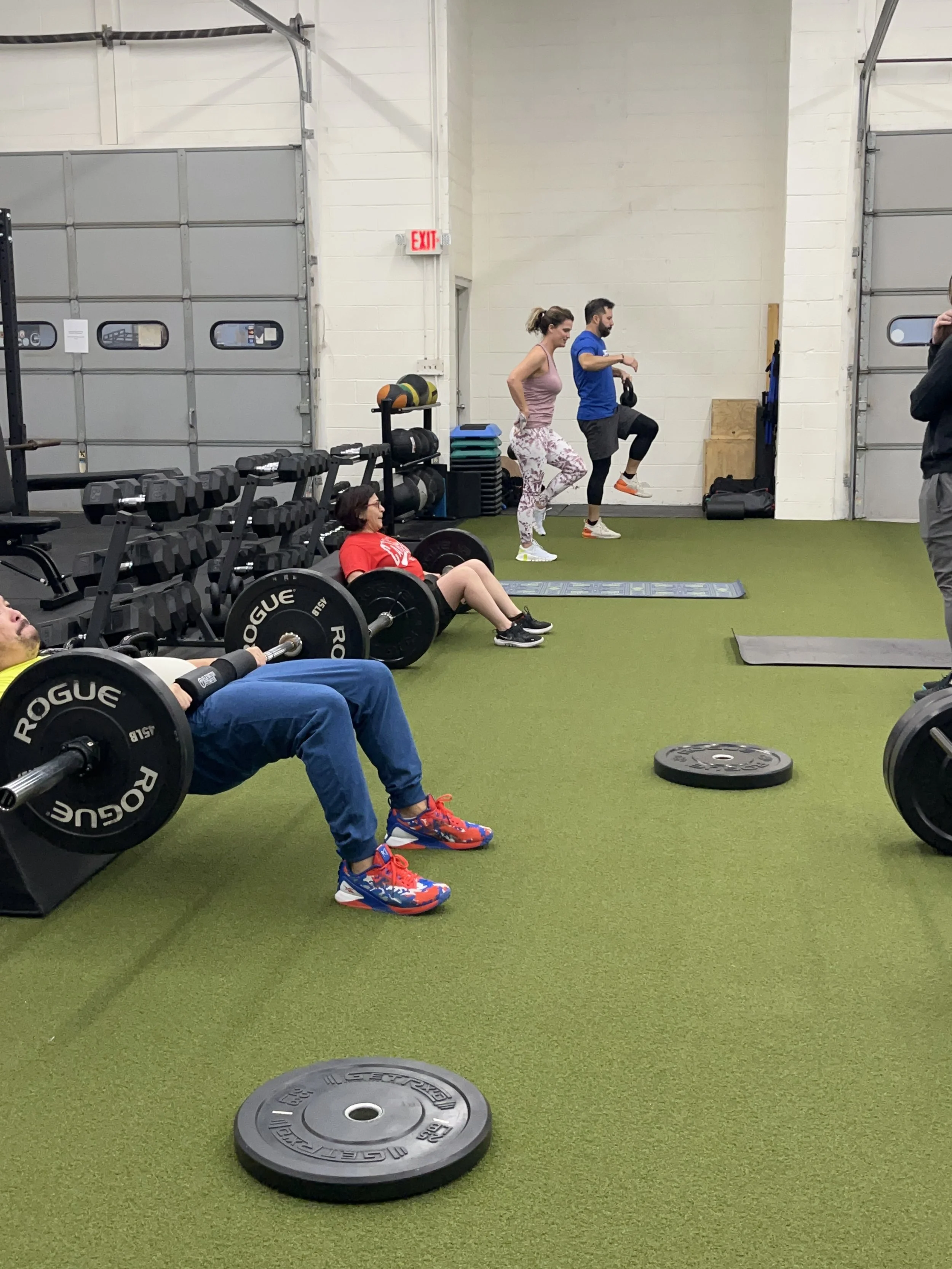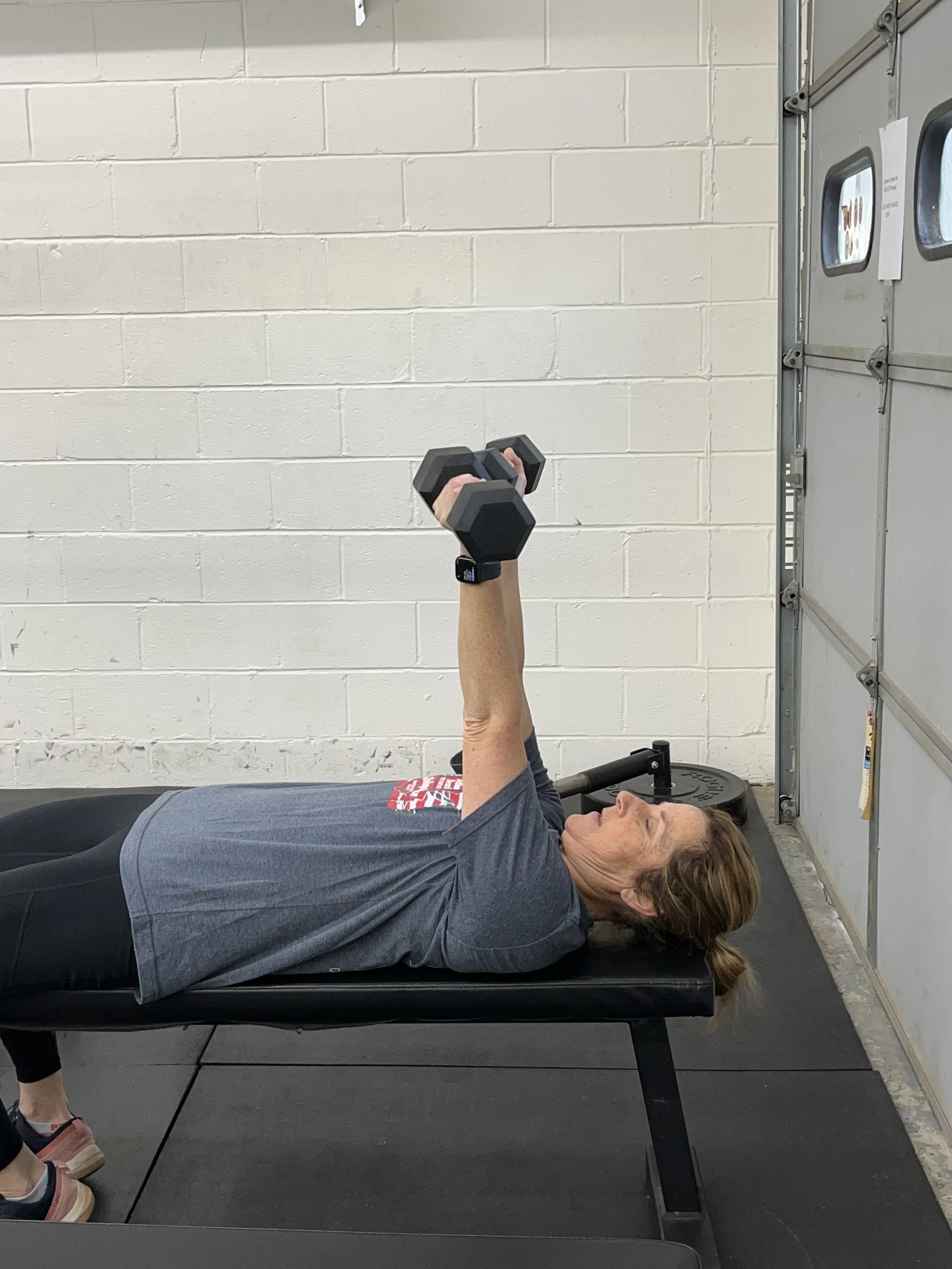How to Kickstart a Resistance Training Program
When contemplating daily habits that can truly improve our quality of life, promote longevity and enhance mental and physical well-being, it’s not surprising that strength training is at the top of the list.
Resistance training refers to any physical movement in which either external load or body weight is used to gain muscle mass, strength and endurance. It encompasses a wide range of exercises and movements that target various muscle groups making us stronger, more powerful and overall healthier.
Why Resistance Train?
Sure, cardio is comfortable, but if you truly want to change the makeup of your muscles and unveil your most powerful, confident and athletic self, resistance training is a must. Ready to learn more? Let’s break it down.
Benefits of resistance training include:
Increases metabolism
Reduces both total body and abdominal fat which is linked to chronic diseases
Reduces both injury and fall risk
Addresses muscular imbalances
Improves cardiac health lowering blood pressure, reducing cholesterol and improving circulation
Facilitates mobility and controlled flexibility
Augments bone mineral density
Improves mood and overall well being
Not only does resistance training offer widespread benefits for our physical and mental wellness, but studies show you don’t have to train for hours on end to achieve these advantages. In fact, in a systematic review published in the British Journal of Sports Medicine, strength training for only 30-60 minutes per week can increase your life expectancy between 10-17%. Want to live a longer healthier life? Grab those weights and get moving!
Where to Begin:
So the benefits are pretty convincing but many of you may be asking where in the world do I begin? Walking into a weight room at the gym can be intimidating, but starting your resistance training doesn’t have to be. Begin with the basics- think squat, lunge, step up, push and pull. Each of these movements is functional and targets multiple joints and muscles simultaneously to guarantee efficiency and functionality in your workout. If you’re unsure of your form, don’t be afraid to set up a consultation with a personal trainer or fitness professional. Once you feel confident with the basic movement patterns, try adding a light load to further challenge the body. Note that no one should ever add resistance before perfecting form and completing movements confidently and painlessly.
Mapping Out Your Workout
Before any resistance training session, complete a warm-up to improve joint and muscle flexibility, enhance circulation and prime the muscles to accept load. Dynamic stretching is a great way to accomplish this and involves active movement through your available range of motion (think hip swings, controlled butt kickers or lateral lunges).
Once your warm-up is complete, you can move on to the “meat” of the program. Generally, completing 5-8 exercises is a great place to start but listen to your body and adapt as needed.
Once your workout is complete, give your muscles some love with 5-10 minutes of static stretching and cool-down. Static stretching involves holding a specific position for a period of time (30-90 seconds) and helps restore mobility and reduce the risk of muscle strain.
Exploring Different Equipment
Choosing a particular type of load for any resistance training program will rely heavily on the specific movement performed, your functional goals and available equipment. Strength training doesn’t just involve dumbbells and with advancing fitness technology, you can keep your muscles guessing with any of the following types of equipment:
Body weight
Free weights such as dumbbells, kettlebells or barbells
Weight machines
Resistance bands
Suspension systems such as TRX
Picking an Appropriate Load
As experience with resistance training increases, adapting your program to your specific power, strength or endurance goals will dictate how many reps and sets of each exercise you will perform. In the early phases of your weight training journey, we recommend finding a load that challenges your body but doesn’t compromise your form. A good starting place for most exercises is 2-3 sets of 10 reps. That means you can safely complete 10 reps, rest then repeat the set 2-3 times. If you cannot complete the assigned reps, simply lower your weight. If you complete the round with little to no muscle fatigue, bump it up! Simple as that.
In order to make any significant change in muscle strength, note that you will need to overload your muscles over time. Be prepared to challenge yourself and expect some soreness as the muscles break down and then build up stronger than before.
Recovery
Equally important as your training days are your recovery days. If you sufficiently target a muscle group, you will need 1-2 days in between sessions to rest and recover. On the off days, feel free to incorporate light cardio, stretching or target other muscle groups with resistance training.
Regardless of how you do it, resistance training is an integral component of any well-rounded exercise program. From enhanced well-being, improved strength and function and increased longevity, the benefits are boundless and contribute to a greater quality of life.
If you’re ready to start your resistance training journey, but need a little kickstart, feel free to contact us and let us help you unleash the best version of you!


